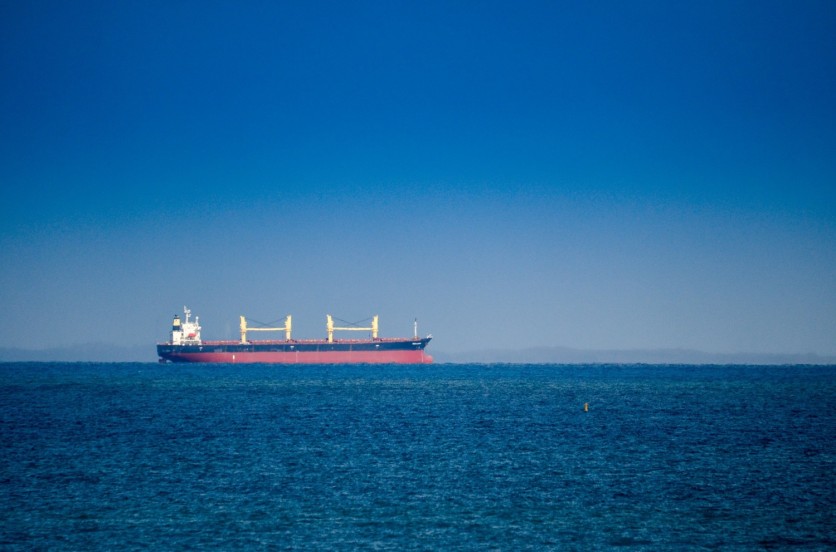
Fifty sensitive seismometers were put on the Atlantic Ocean seabed in a global effort spearheaded headed by UCL researcher Professor Ana Ferreira. She discovered the sounds of explosions from a sinking ship and singing whales, among other things.
After a year at the ocean's floor, these seismometers have been recovered and are now being used to record the "pulse" of the planet.
According to Phys.org, these recordings will be used to create pictures of the Earth's core down to a depth of around 2,800 kilometers. They capture seismic waves that travel deep and long within the Earth after distant earthquakes and from many tiny local ones.
The methods used are similar to those utilized by medical professionals when creating CAT scans of the human body.
Discovered Sounds
UPFLOW (Upward mantle FLOW from novel seismic observations) aims to shed light on the confounding processes that contribute to volcanic eruptions and earthquakes resulting from large "upwellings" of material rocketing from the Earth's mantle.
Although the seismometers are designed to detect ground movements generated by earthquakes, they also pick up vibrations induced by various events. These include commercial vessels, magma intrusions in adjacent volcanoes creating tiny local tremors, and singing whales.
A large volcanic explosion on the opposite side of the Earth was associated with certain signs in the data. Seismometers on the ocean bottom picked up pressure waves traveling through Earth's atmosphere from the January 2022 Hunga-Tonga Hunga-Ha'apai eruption.
The Felicity Ace ship, transporting 4,000 luxury automobiles, sank near the Azores on March 1, 2022, sending other signs. The transmissions indicate that many explosions may have occurred when the ship sunk.
The Canary Islands, the Azores, and Madeira were included in the area where seismometers were placed as deep as 5 kilometers below the ocean's surface.
The data were obtained during a five-week excursion aboard the research vessel Mário Ruivo (owned by project partner IPMA, the Portuguese Institute of Sea and Atmosphere).
Data Analysis
The study team recovered the seismometers using an acoustic code, in which the instruments responded with their own distinct sound. The instrument was released from its tether by yet another ship-sent signal, allowing it to float to the water's surface.
The crew looked for the gadget at the water's surface and then used ropes and cranes to haul it to the ship's deck.
Professor Ana Ferreira of UCL's Department of Earth Sciences served as the study's principal investigator.
She remarked, "At that depth, the currents are possibly weaker, and there is likely little life (not too many fish are going to bump into the instruments), and there seems to be little incoherent noise."
This new unique data will be combined with worldwide seismic data to create better views of the Earth's deep core, enhancing our knowledge of how deep heated rocks rise to the surface, feed volcanic systems, and relate to earthquakes.
The seismometers will help us learn more about what lives at the bottom of the ocean, as well.

ⓒ 2025 TECHTIMES.com All rights reserved. Do not reproduce without permission.




